Selective RCD: device, purpose, scope + circuit and connection nuances
Among the variety of protective devices, there is a selective RCD, which experts note as a practical and optimal option for organizing protection. What distinguishes this type of devices from others from a related group?
What properties does a selective device have and how high is its sensitivity? Let's try to figure it out with a small overview in this direction.
The content of the article:
Purpose and principle of action
Relay devices for electrical networks, designed to provide protection against direct contact in hazardous areas, as well as equipment protection, are diverse constructive execution.
Features of selective devices
A distinctive feature of the selective device is the presence in the circuit of the function of the shutdown time delay circuit, which feeds the load.
Usually this parameter exceeds the value of 40 ms - this means that selective devices are not designed to protect against damage with direct contact.
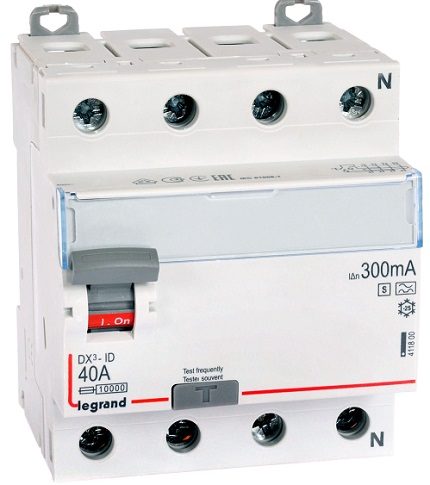
Also among the features of selective devices, their good stability in response to current and voltage surges should be noted. Thanks to this property, the risk of false positives and, accordingly, circuit disconnections is almost completely eliminated. What is the selectivity of circuit breakers is described in detail in this stuff.
As a rule, in practice, devices are used whose rated current is in the range of 25-100 A. The differential leakage current is in the range of 0.1-0.3 A.
Bipolar and four-pole versions of the device are made. Each type is actively used as part of branched cascade schemes.
The principle of operation and the device RCD type S
The distinguishing features of selective instruments are limited only to those indicated above.
In all the remaining structural functionality, there is practically no special difference between selective and general-purpose devices.

The principle of operation, accordingly, remains standard - applicable to all protective devices from the RCD group:
- There is a differential transformer in the design.
- Thanks to the transformer, control currents are compared.
- The difference is transmitted to the sensing element.
- If the difference exceeds the set control parameter, a cutoff occurs.
That is the whole principle of work in general terms. True, it should also be noted such a feature as the dependence of devices on power.
In practice, two constructive variants of an RCD of a selective type (and common ones) are used. One option involves external power, and the other completely eliminates it.
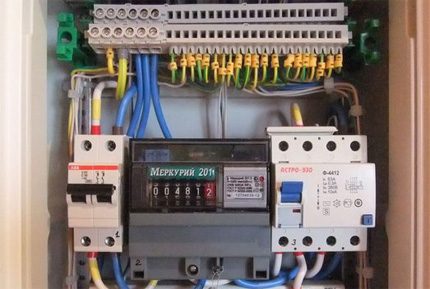
It is clear that the designs of the protective apparatus, where an external supply circuit is not used, look more reliable than those that require an energy source for work efficiency.
Since the differential transformer, in fact, is the dominant structural element, special requirements are imposed on this detail of the RCD circuit.
The DT magnetic core must have a strict linear magnetization characteristic.
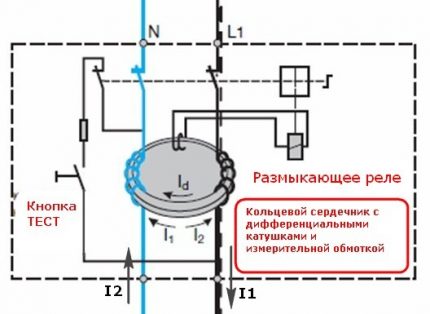
The temperature properties of the magnetic core should ensure high-quality operation in a wide temperature range. Therefore, for the manufacture of this element, a special material is used - amorphous iron or the like.
Other parts of the design of a selective UZO device are sensitive magnetoelectric relays - elements of direct action, often referred to as threshold organs.
In some designs, relays are replaced by electronics, but the principle remains the same.
Normal and emergency modes
When operating an RCD of type S, until that time, until the presence of a leakage current (differential current), the conductors forming an electric circuit in the magnetic field of the core pass equivalent rated load currents.
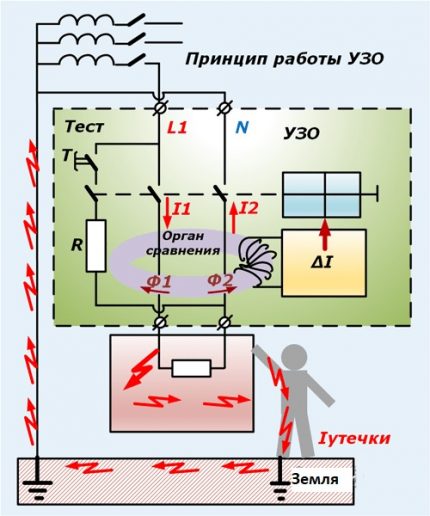
These currents, equal in magnitude, induce multidirectional magnetic fields inside the core.
Their total flux turns out to be equal to zero, which explains the lack of current on the secondary winding of the diesel fuel. Its zero current does not affect the cutoff sensitive element. The RCD remains on.
Otherwise, when the described circuit is violated, the current balance is also disturbed. As a result, a current of a certain value is formed on the secondary winding of the DT.
As soon as this value exceeds the threshold value of the trigger element of the selective protective device, it will work. What will trigger the executive locking system is the cut-off of the load power circuits. The RCD will disconnect and cut off the load circuit.
Traditional applications
As noted above, this modification of the protective devices is not used to protect against direct contact.
Most often, devices are used as blockers in the event of a possible fire of electrical wiring or system mechanisms.
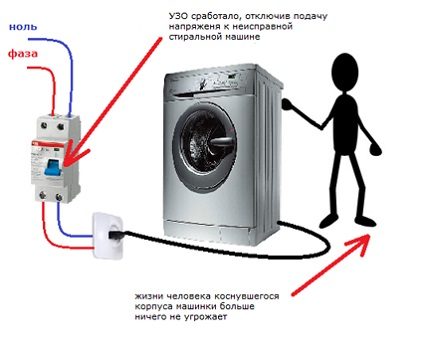
The same RCDs are used as protective equipment against short circuits in the power circuits of valuable expensive plants / devices / equipment or in the power circuits of important technological systems.
A common thing is the introduction of selective devices in the construction of complex cascade electrical circuits, where on each branch a different kind of load with different currents is involved.
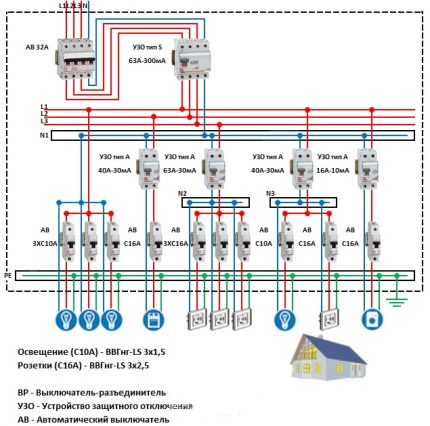
With this configuration of the branching system of electricity by selective devices, reliable protection is provided in individual areas.
And also each individual RCD in the event of an accident provides the ability to quickly determine the defect.
Connection diagrams for RCD selective cutoff
Actually, the circuit solutions in this case theoretically do not have any features that would distinguish them from building circuits with other types of devices of the group.
Another question is, in what order to include, for example, selective cutoff and direct touch cutoff?

If we consider the selective shutdown device in a single embodiment, then in this case it is an element of the simplest circuit and is mounted as standard:
- The first is the circuit breaker.
- This is followed by an RCD of type S.
- Then the load chain.
Meanwhile, protection is used in a variety of options for using electrical networks.
For example, it is necessary to ensure high reliability of the three-phase electric motor. How in this case to organize protection through an RCD of the selective type?
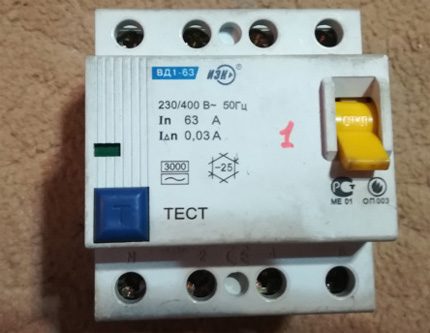
A four-pole device can be successfully used here, with which you can organize a short-circuit protection circuit (winding) of the windings.
Connection is also carried out by means of an intermediate RCD insert. That is, the machine is turned on before, the second number is selective protection, the third is the electric motor.
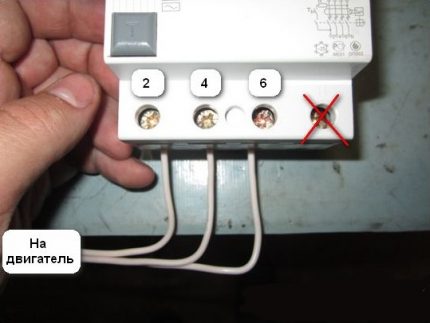
A single-phase circuit for standard needs, such as lighting and power supply, can be quite simply constructed using a two-pole device and several circuit breakers.
The wiring of single-phase channels in each individual room is carried out through circuit breakerswhich are fed by the phase coming from the protection device.
This, one can say, is a classic circuit design, which in most cases is used by owners of municipal housing, owners of houses, cottages.
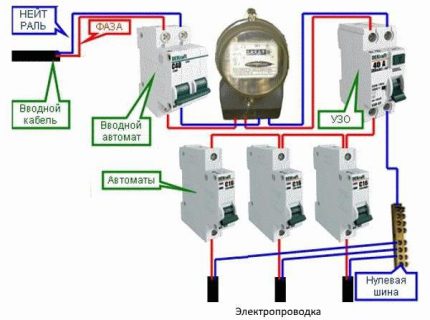
Modern housing projects involve the organization of schemes with the mandatory presence of a grounding bus.Therefore, such decisions are characterized by a slight change / addition to the wiring diagram.
In particular, a grounding conductor (PE) becomes an additional wiring element, which is as much an integral part as the zero bus.
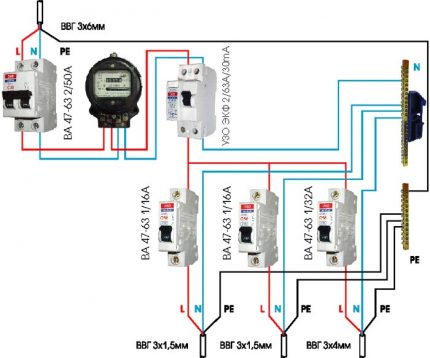
In apartments, houses, cottages, selective protection devices are an indispensable addition to the apartment electrical switchboard when residents use household appliances:
- a washing machine;
- dishwasher unit;
- powerful electric stove (stove).
Moreover, this type of apparatus (selective), as a rule, acts as the second protective stage, while the first stage has an RCD cut-off with direct direct contact.
That is, there is a group inclusion of devices and this is really an effective option in terms of the safety of operation of household electrical networks.
Nuances of connecting type S modules
Actually, the nuances are the same as the process of connecting standard protective devices.
The terminals of each of the devices have a specific purpose (phase, zero) and are designated accordingly.
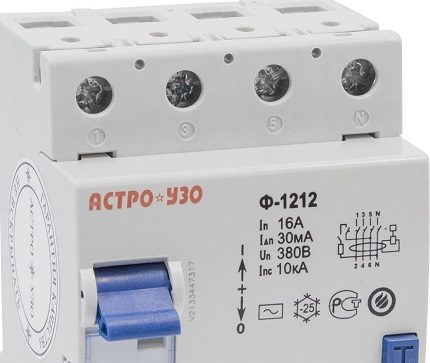
During installation, it is unacceptable to change the positions of the terminals relative to their purpose in relation to the power supply circuits.
If you connect a zero bus instead of a phase, this is at least the prospect of failure of the device itself. It is extremely difficult to mix up two points, but in practice it happens.
Another nuance is setting up a module for an existing electric circuit in terms of boundary current cutoff.
If the design does not imply options for adjusting the current, you should correctly select the device according to technical and operational characteristics.
Finally, the required connection nuance is device testing in the mode of supplying power to the load circuit.
This function is simple and requires only one action - activation of a special button, which is so designated on the body / in the documentation as “Test”.
Conclusions and useful video on the topic
Accessible and understandable video explanation of the selectivity of the protective device:
The video demonstrates the practice of connecting a group of devices to the circuit and the actual action of the devices in emergency situations:
Often you can find reasoning about the ease of incorporating an RCD into the electricity network of a private home. Together with reasoning, it is often recommended to do this work with your own hands. The motive is known - saving. However, saving on your own safety is not the best choice. And therefore, such actions for the installation of a selective protection device should always be carried out by the hands of a professional electrician.
Do you have experience using or connecting selective RCDs and you can supplement our material with interesting information on the topic of the article? Please write your comments, ask questions in the block below.

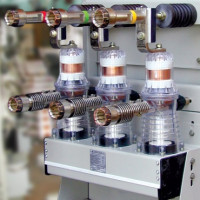 Vacuum switch: device and principle of operation + nuances of choice and connection
Vacuum switch: device and principle of operation + nuances of choice and connection 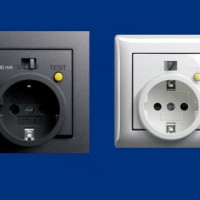 Socket with built-in RCD: device, connection diagram, recommendations for selection and installation
Socket with built-in RCD: device, connection diagram, recommendations for selection and installation 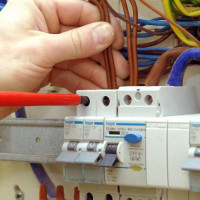 Differential circuit breaker: purpose, types, marking + selection tips
Differential circuit breaker: purpose, types, marking + selection tips 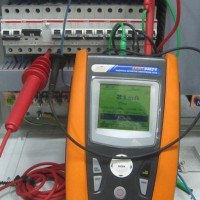 Rules for connecting RCDs to a single-phase network with grounding: briefing on the work
Rules for connecting RCDs to a single-phase network with grounding: briefing on the work 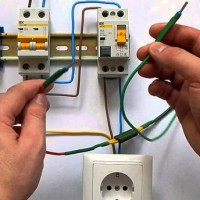 Rules for connecting an RCD to a single-phase network without grounding: the best schemes + operating procedure
Rules for connecting an RCD to a single-phase network without grounding: the best schemes + operating procedure 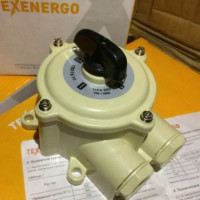 Batch switch: what is it and why is it needed + wiring diagram
Batch switch: what is it and why is it needed + wiring diagram  How much does it cost to connect gas to a private house: the price of organizing gas supply
How much does it cost to connect gas to a private house: the price of organizing gas supply  The best washing machines with dryer: model rating and customer tips
The best washing machines with dryer: model rating and customer tips  What is the color temperature of light and the nuances of choosing the temperature of the lamps to suit your needs
What is the color temperature of light and the nuances of choosing the temperature of the lamps to suit your needs  Replacement of a geyser in an apartment: replacement paperwork + basic norms and requirements
Replacement of a geyser in an apartment: replacement paperwork + basic norms and requirements
As I understood from the text, RCD is an additional protection. It is not very clear what benefits the use of this device brings in addition to the complexity and cost of the electrical circuit. At the moment, there are circuit breakers and grounding as protection. If they are in good condition, then the rest is from the evil one. I think that the purchase and installation of RCDs is an obligation for everyone.
Andrey Vorontsov, I did not quite understand the mood of your comment. Are you either contradicting yourself or want to say that RCDs are imputed for everyone to increase the cost of electrical circuits? Well, you should read more about the device itself before writing comments. What is the point, if you barely understood what it was all about? This is not a strong rise in price for networks, but protection goes to a new level.
Have you read the article carefully? What part of the text says that the installation of an RCD is mandatory or is it planned to be done as such? How can this be true if every second apartment does not even have a mandatory grounding on the corresponding household appliances.
The article describes what selective RCD is and the nuances of its connection, presenting it as an alternative (keyword) to the current means of protection that are currently used. At home, selective protection is implemented on the most expensive equipment: washing machine, refrigerator, dishwasher and TV. The PC is connected through the UPS, so for him it is not relevant.